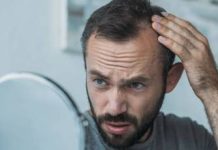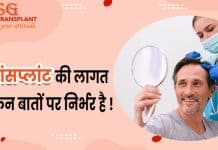Everyone is currently concerned about the final products of his or her hair transplant. Among the goals, a natural hair transplant is one of them, then accompanied by a fuller head and quality hair.
According to hair specialists, natural hairlines began way back in the mid-1990s, but a few hair transplant surgeons knew how to create them. The main problem was believed to be poor technology. However, the current era has seen a lot of technological advances, but are natural hairlines achievable today and if so, how?
How Are Natural Hairlines Achieved?
Truth be told, a natural hairline is achieved with the help of an artistic surgeon. Generally, your chances of having a natural hairline are reduced the moment you choose a wrong hair transplant clinic. That is similar to picking an inexperienced surgeon for your hair transplant.
Currently, natural hairlines can be achieved by using microscopes to create them. Experienced hair transplant surgeons also confirm that even a bad hairline can be corrected if the placement involves single hair grafts entirely. This makes stereoscopic dissecting microscopes a standard requirement when it comes to surgical hair restoration approaches.
The Difference Between A Natural Hairline & An Artificial Hairlines
A natural hairline is generally that one which doesn’t draw the attention of the onlooker. This can then help us explain what an artificial hairline is- one that draws attention.
This is definitely the worst thing you can ever expect from a hair transplant. Experienced hair transplant surgeons explain that for a hairline to appear natural, it requires more than single hair grafts.
The direction and angle of the placement are other aspects that a hair transplant surgeon must focus on during the surgery. These grafts should also be placed at a density that works for a patient’s hair type. Ideally, a low density can work for a patient with fine hair and a low color contrast to the scalp.
All in all, it all depends on the surgeon’s skills to create a natural hairline depending on the patient’s hair and scalp characteristics. This will definitely prevent an artificial hairline ‘man-made’ that can ruin one’s appearance.
It should be noted that any selected hair transplant technique can help a skilled surgeon to create a natural hairline. It is not only the FUE technique that can do so as many patients believe. It all takes an experienced, artistic, and aesthetic surgeon.




